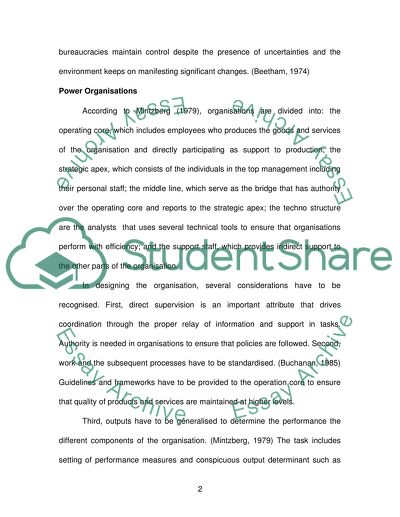Cite this document
(“Bureaucracy Book Report/Review Example | Topics and Well Written Essays - 3000 words”, n.d.)
Retrieved de https://studentshare.org/sociology/1517915-bureaucracy
Retrieved de https://studentshare.org/sociology/1517915-bureaucracy
(Bureaucracy Book Report/Review Example | Topics and Well Written Essays - 3000 Words)
https://studentshare.org/sociology/1517915-bureaucracy.
https://studentshare.org/sociology/1517915-bureaucracy.
“Bureaucracy Book Report/Review Example | Topics and Well Written Essays - 3000 Words”, n.d. https://studentshare.org/sociology/1517915-bureaucracy.


